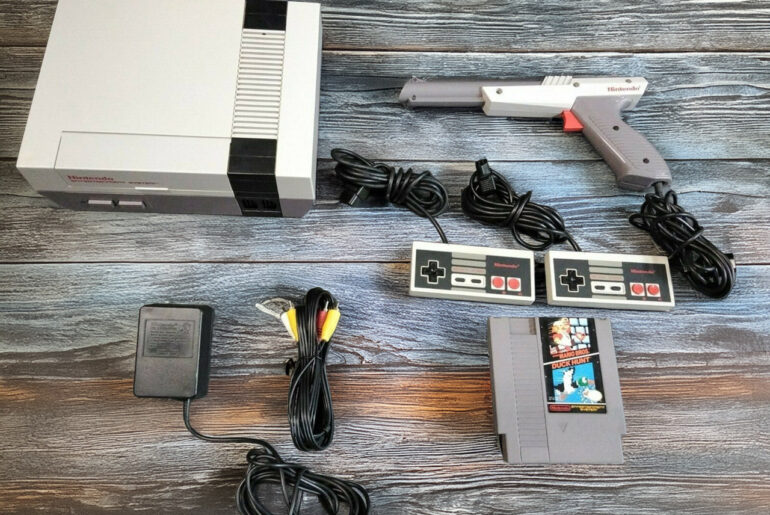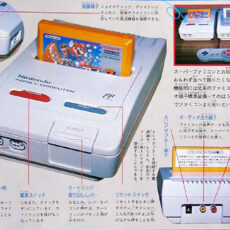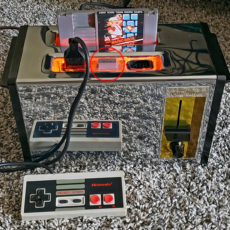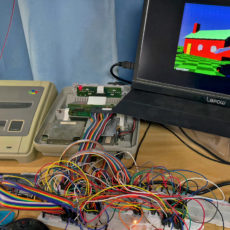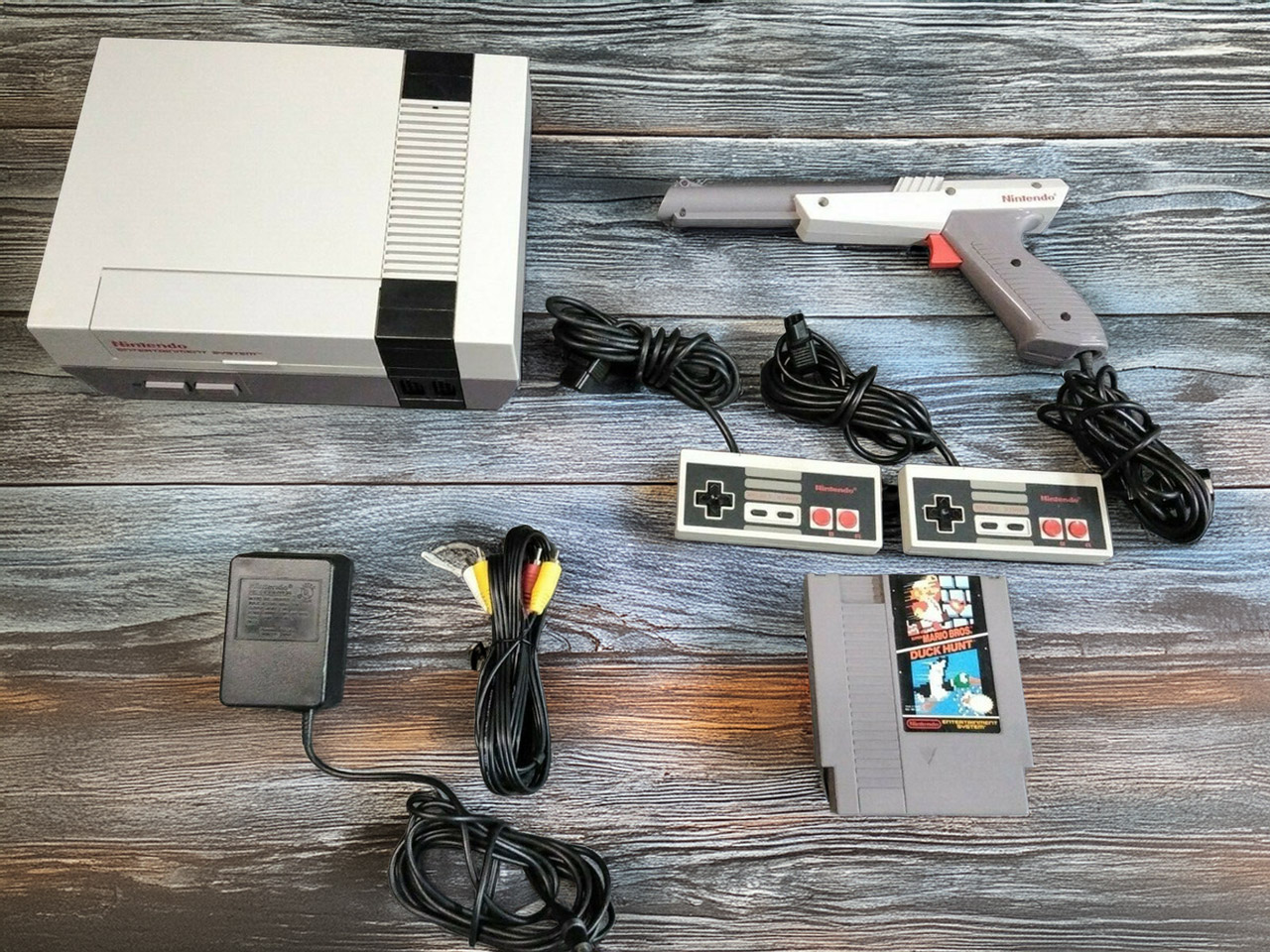
October 18th 1985 was a pretty ordinary autumn day in New York City but the Nintendo Entertainment System (NES) was about to start something big – 200 unassuming grey boxes placed alongside cartridges of plumbing adventures on shelves. Four decades later, that simple launch remains the foundation of what we consider entertainment today.
At the time, video games were still under the dark cloud of a massive failure – the ’83 crash had left piles of junk on doorsteps , loads of unsold cartridges stacked high in warehouses, and fans were fed up with broken promises . Nintendo had already pulled off a huge success with the Famicom in Japan, but they knew that to succeed in America, they had to reimagine the hardware – a wide flat thing called the Advance Video System with a light gun and games like Duck Hunt designed to make people forget about ‘video games’ all together. But families were cautious about spending $180 ($542 in 2025) on the Action Set which included the brilliant Super Mario Bros, while kids looking over the counters in test markets like Secaucus New Jersey were starting to discover a world where bashing turtles felt natural as breathing.
- BUILD AN ICON – Build the ultimate retro gaming display with the LEGO Game Boy (72046) model kit for adults ages 18 and up
- RELIVE THE EXCITEMENT – Remember powering up your Game Boy for the first time? Experience the thrill again with this authentic of the handheld...
- DISCOVER AUTHENTIC DETAILS – The instantly-recognizable Game Boy features classic button layout, contrast dial, and interchangeable Game Pak and...
Sales were pretty sluggish at first because there were laws that made it hard to put the console in toy aisles and you needed special permission to even show it to customers. Nintendo was also pretty strict, as they controlled how many games each shop could stock, as well as only approving some games for 3rd party developers, giving each one a ‘Seal of Quality’ to make sure they weren’t just gimmicks. By 1986, the NES was sauntering its way into living rooms across the country, and that flat controller (just two buttons and a D-pad) was starting to feel an extension of peoples enthusiastic hands.
The hardware pushed the boundaries in ways that are still felt today, like R.O.B., a futuristic (at the time) robot that came with games like Stack-Up and Gyromite, and had Nintendo trying to convince the world that they were really serious about gaming. The Power Glove, which is a glove shaped controller that promised magic, but ultimately ended up getting in its own way with its wires. On the other hand, simpler things just worked like a charm, such as the Zapper pistol that blasted ducks on screen and the Power Pad which transformed your living room into a mini track meet for world class track meet.
Nintendo’s grip eventually grew tighter, and some developers chafed at having to keep their output under control. The company wanted to make sure that what came out was actually good quality, exemplified by hits like Mike Tyson’s Punch Out and Bubble Bobble. In the end, the gamers came out on top – by the early 90s over 60 million copies had been sold, and that library of games was growing fast – you could find sports games, role playing epics, and out there platformers like Battletoad – each cartridge had that gold seal on it, literally guaranteeing that the title wasn’t going to be another E.T .

